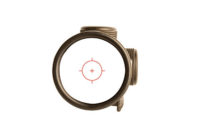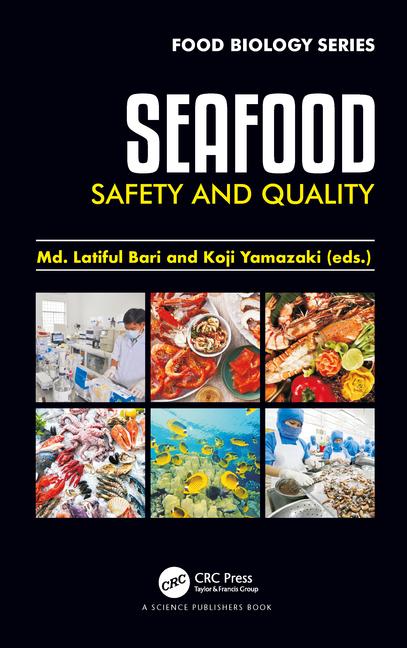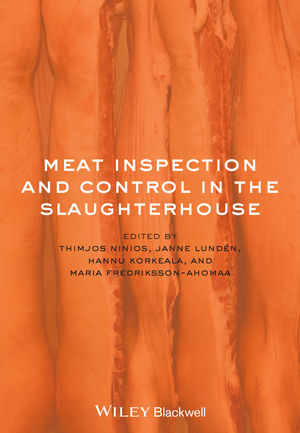
When we think of Good Manufacturing Practices (GMPs), the first thought that usually comes to mind is the set of rules developed by the government in the U.S. Code of Federal Regulations (21 CFR 110). These are the rules that were written to require food manufacturers to proactively maintain proper product-safety measures to ensure that their products are safe and wholesome. Since the last time these rules were updated technology, pathogen control, and overall quality standards have evolved.
GMPs are the cornerstone of a plant’s hygiene program, but they are not HACCP critical control points. They do not absolutely control food-safety risks. Most GMPs are focused on reducing the potential for contamination by the food handler, protecting the food from the employee.
The secret to incorporating an effective GMP program, one with which employee compliance can be assured, is making it simple. The more complicated it is, the harder it is to execute. Use facility design to make GMPs simple. Create a controlled environment. The AMI’s facility-design principles identify how to create a controllable facility.
The principle of absolute separation can’t be stressed enough. When tools, equipment and employees physically can’t move freely between the two areas of the plant, the cross-contamination potential from the raw or high-risk area is greatly minimized (do not blame the people, this is a management issue).
Housekeeping is another way in which the environment can be controlled. When tools and ancillary equipment have a designated location, controlling the movement of employees is that much easier (Everything has a home, and there is a home for everything). When everything has strategically located homes, employee traffic into high-risk areas can be eliminated.
Providing designated housekeepers to keep areas clean will keep food handlers from indirectly touching the floor and minimizing the floor-to-product transfer vector (enforcing the concept that “our plant is not your mother’s kitchen, if you are a food handler you are not to pick up the mess you made”).
Maintaining a dry environment is another way facility design can be used to simplify the GMP plan. Removing water from the environment by locking up hoses, eliminating mid-shift cleanups and maintaining dry floors are all ways to keep the employees from spreading contamination. Water greatly enhances the potential for creating a vector for bacterial contamination. When moisture is combined with employee movement, management has created conditions for transfer (again, do not blame the people, this is a management issue).
Be realistic about what we expect a GMP plan to accomplish. When rules and enforcement become more and more stringent, that’s a sign the facility isn’t capable of meeting expectations.
When there are 20 employees entering a high-risk area at the same time, but only one hand-wash sink, can you expect that they all are going to wash their hands properly? When the shortest unobstructed traffic pattern takes an employee through a high-risk area, can you expect they won’t use that route? Redesign the facility to add more hand sinks and block traffic patterns, and the expectations of the GMP plan can become a reality.
GMP plans have to be monitored and maintained. Visual audits give a good snapshot of the activity in the area. You can document that floors are dry, physical barriers and separation have not been breached, and the dress code has been followed.
To understand and maintain a controlled environment, microbiological monitoring is needed. This information will provide the data needed to recognize an otherwise undetected trend or change in the environment. Require microbial specifications for surfaces food handlers contact. Act on statistically significant upward trends and incapable processes. When downward trends are identified, determine why they occurred and how to hold that gain.
GMPs are part of the food-safety culture. They are instilled at the top and driven down. Facility design may come at some cost, but it shows a commitment to food safety by management and owners. In the ideal situation, employees feel ownership of the product’s safety. Once this ownership is established, each employee will hold each other accountable to GMPs.
One situation that exemplifies the accountability to food safety and proof that GMPs are recognized and working is when the owner of a privately held company noticed something with a slicer and proceeded to investigate the problem. This owner was informed by an employee that GMP policies were not being followed. That slicer operator was empowered and felt personally responsible. She was comfortable enough to inform the Big Boss (the owner) of that infraction. The company’s food-safety culture fostered that comfort level.
GMPs are also the foundation of a sound food-safety plan. When rules are piled on top of food handlers, it’s difficult on them to focus on what is really important. In a controlled environment a food handler can focus on their personal behavior and doing their job. They can easily access the tools for the job, they understand what routing to take, and they aren’t tempted to take shortcuts through high risk areas.
A controlled environment allows for simplicity in a GMP plan. Combine audit data and microbiological monitoring data determine system capability and control. Use to facility design to solve problems that are encountered.
Stated again, the secret to compliance and a strong GMP program is making it as simple as possible.




Report Abusive Comment